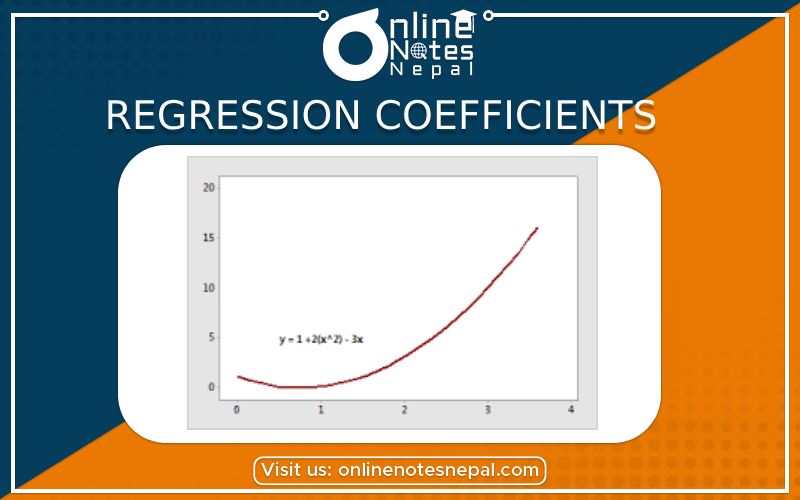Published by: Dikshya
Published date: 23 Jul 2023

Introduction:
Regression analysis is a statistical technique used to model the relationship between a dependent variable (response variable) and one or more independent variables (predictor variables). One of the primary objectives of regression analysis is to determine whether the regression coefficients associated with the independent variables are statistically significant. Significance tests help us understand which variables are most important in explaining the variability of the dependent variable.
Testing for Significance of Regression Coefficients: To test the significance of regression coefficients, we typically use hypothesis testing. The null hypothesis (H0) states that the regression coefficient of a particular independent variable is equal to zero, implying that the variable does not have a significant effect on the dependent variable. The alternative hypothesis (Ha) suggests that the coefficient is not equal to zero, indicating that the variable does have a significant effect.
Commonly used tests for significance include the t-test and the p-value approach:
t-Test: The t-test assesses whether the estimated regression coefficient is significantly different from zero. If the absolute value of the calculated t-statistic is larger than the critical t-value at a given significance level (usually 0.05 or 0.01), we reject the null hypothesis in favor of the alternative hypothesis, indicating that the variable is statistically significant.
p-Value Approach: The p-value is the probability of observing a test statistic as extreme as the one calculated, assuming the null hypothesis is true. If the p-value is less than the chosen significance level (e.g., 0.05), we reject the null hypothesis, concluding that the variable is statistically significant.
Interpreting Results:
Once we have performed the significance tests for all independent variables, we can determine which variables are significant in explaining the variability of the dependent variable. Variables with statistically significant coefficients contribute significantly to the model's predictive power and should be retained in the final model. On the other hand, variables with non-significant coefficients may not be relevant for the model and can be considered for removal to simplify the model.
Importance of Significant Variables:
Identifying significant variables is crucial for building a robust and accurate regression model. Significant variables help us understand the relationships between the independent and dependent variables, allowing us to make informed decisions, predictions, and inferences based on the model's output. Moreover, models with fewer but significant variables are often preferred as they are more interpretable and less prone to overfitting.
Conclusion:
The significance of regression coefficients is essential in determining which variables are significant in explaining the most variability in the dependent variable. By conducting significance tests using t-tests or p-values, we can identify the relevant predictors that should be included in the final regression model, providing valuable insights for decision-making and understanding the underlying relationships between variables.